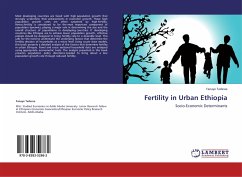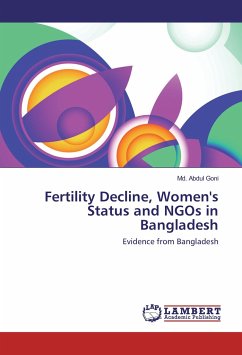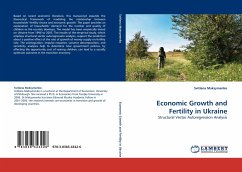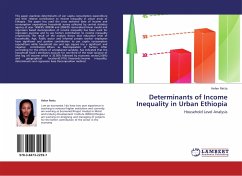Most developing countries are faced with high population growth that strongly undermine their achievements in economic growth. These high population growth rates are often sustained by high fertility. Hence,fertility is considered to be the most important component of population dynamics, playing a major role in determining the size and the overall structure of populations in developing countries. If developing countries like Ethiopia are to achieve lower population growth, effective policies should be designed to bring fertility rate to a desirable level. This calls for the need to understand the underlying factors that determine the fertility decision of households at a micro level. Using count data models, this book presents a detailed analysis of the factors that determine fertility in urban Ethiopia. Panel and cross- sectional household data are analyzed using appropriate econometric tools. The analysis presented in this book presents population policy directions needed to bring about a low population growth rate through reduced fertility.
Bitte wählen Sie Ihr Anliegen aus.
Rechnungen
Retourenschein anfordern
Bestellstatus
Storno








